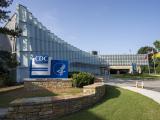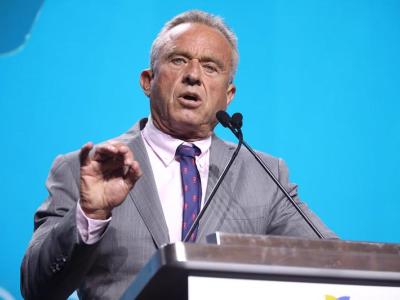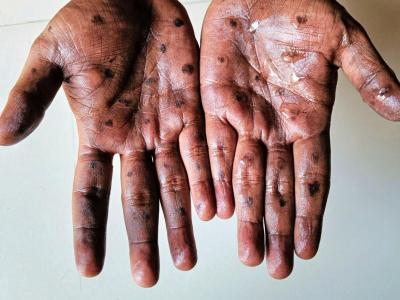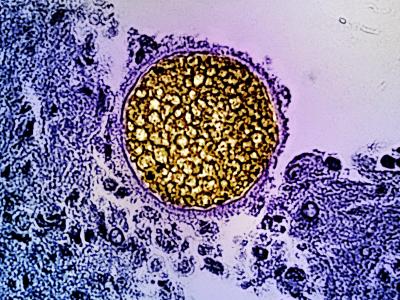Feb 4, 2010 (CIDRAP News) – A Centers for Disease Control and Prevention (CDC) official estimated today that more than 75 million Americans, or close to 25% of the population, have been vaccinated against the pandemic H1N1 virus.
In an update to the National Vaccine Advisory Committee (NVAC), Dr. Anne Schuchat, MD, said the number vaccinated is probably more than 75 million by now, compared with an estimated 61 million at the end of December. The NVAC advises the Department of Health and Human Services on its immunization programs.
But that number is well below the figure for seasonal flu vaccination this year. Schuchat, director of the National Center for Immunization and Respiratory Diseases, said 114 million doses of seasonal flu were distributed in the fall, and all or nearly all the doses were used.
"Seasonal flu vaccine uptake is higher than ever," she told the committee.
She noted that, in the face of the pandemic, seasonal flu vaccine was distributed earlier than usual, commenting, "Starting in September we saw big uptake." So far this winter, very few seasonal flu cases have been identified in the United States.
Schuchat said about 125 million doses of H1N1 vaccine have been distributed so far, "which is kind of extraordinary given that we got started on that later."
Fearing a possible third wave of cases, public health agencies have continued to promote H1N1 vaccination in recent weeks as the pandemic has waned. No states have been reporting widespread flu activity in recent weeks, and only a few have had regional activity.
However, Schuchat noted that deaths attributed to flu and pneumonia have increased recently, and the CDC is investigating why. "We don't think it's seasonal flu. We don't know whether it's unrecognized H1N1," she said.
In other comments, she said the H1N1 vaccination effort brought a huge increase in the number of providers administering government-funded vaccines. H1N1 vaccine doses were paid for by the federal government, though insurance companies and others bore the cost of administering them.
"States basically tripled the number of providers they already had a relationship with, to close to 120,000," she said.
Distribution of the vaccine was modeled on the Vaccines for Children (VFC) program, in which a single contractor, McKesson Corp., distributes vaccines for administration to uninsured and Medicaid-eligible children. That effort usually involves 40,000 to 45,000 vaccination providers, according to previous reports.
Schuchat said there were 71,537 distinct locations to which H1N1 vaccine had been shipped by Jan 29. The number of vaccine shipments has exceeded 300,000, with shipments consisting of anywhere from 100 to several thousand doses, she reported.
About 65% of H1N1 vaccine doses were administered at medical sites and about 35% at nonmedical sites, such as schools and health departments, she reported. The figures for seasonal flu vaccine were slightly different: 61% and 39%.
School-located and mass vaccination clinics made up "a big part of the immunization effort," Schuchat commented, adding, "Now we're calling for an enormous evaluation for best practices so we can learn what works best for future flu pandemics and for seasonal flu."
Claire Hannan, a representative of the National Association of Immunization Managers, also told the committee that school-based vaccination programs were a successful part of the response.
Commenting on them, she said, "There were real successes in H1N1, and some of that was because it was a pandemic and an emergency." The emergency declaration reduced the paperwork that comes with vaccinating children at school, she explained.
In response to a question from a committee member, Schuchat said about a quarter of children who are under age 10 and received one dose of H1N1 vaccine have received the recommended second dose so far.
See also:
Agenda of Feb 3-4 NVAC meeting
http://www.hhs.gov/nvpo/nvac/meetings/pastmeetings/agenda200100203.html
Jan 15 CIDRAP News story "CDC finds pandemic vaccination gaps in risk groups, health workers"
Aug 10, 2009, CIDRAP News story "States to designate providers to give H1N1 vaccine"



















